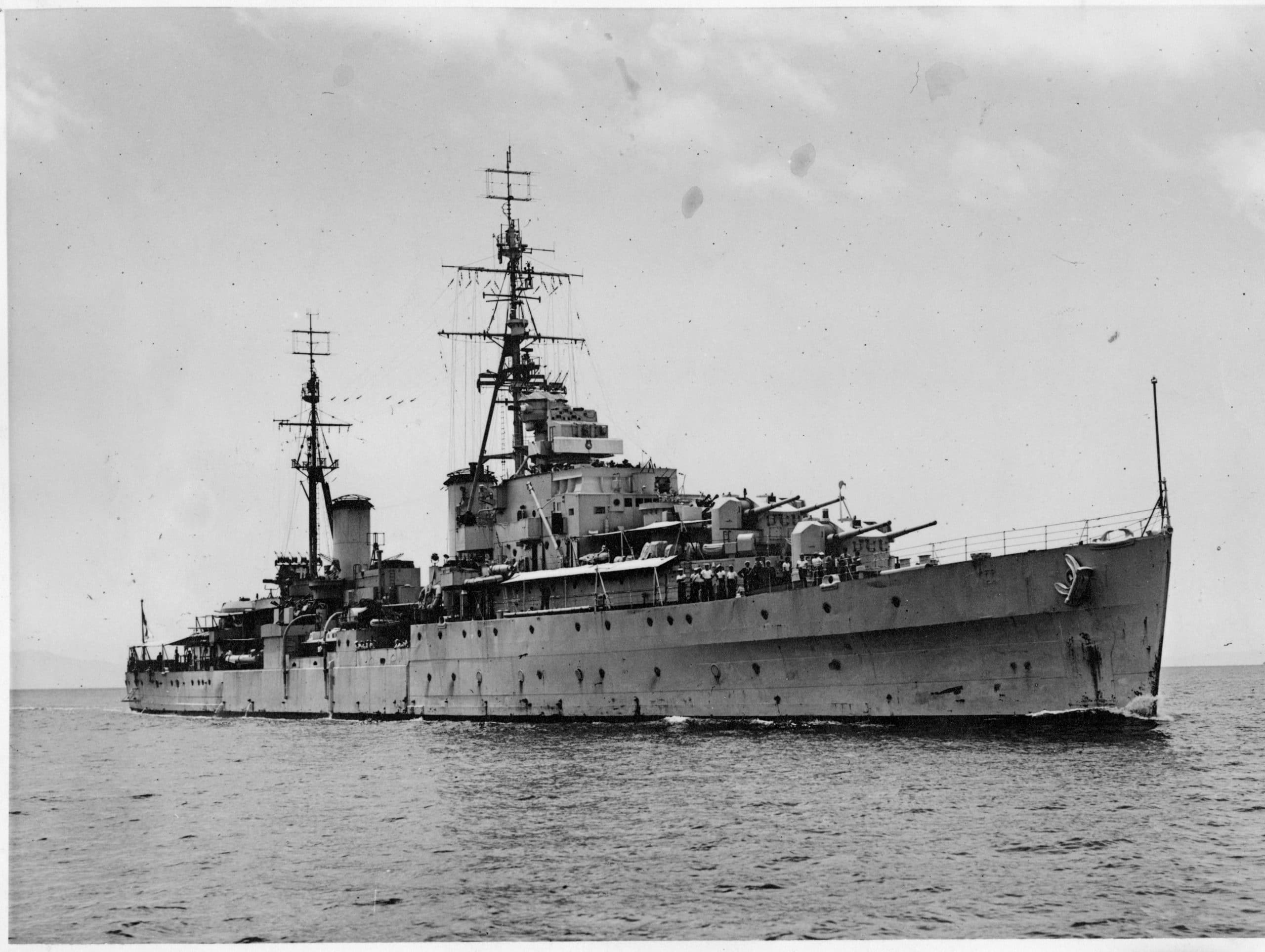I think this is the only dedicated torpedo thread in the forum, so I might as well post this here...and for greater reach to members interested in subject....
Got talking lately about MSP (magnetic self protection) with an old (USN) bud (long retired).
When he served (in thick of cold war), ships of his era sometimes still had countermeasure to torpedoes in degaussing to reduce magnetic signature (w.r.t background) as far as possible.
It is my understanding this countermeasure is now largely obsolete (though he was unsure being retired so long).
I explained to him my overall understanding...paraphrasing here:
1) Torpedoes are now fairly advanced to track with sonar (passive and/or active)...and are good enough detonate under ship optimally by that alone these days.
2) System is much more accurate these days (even by themselves alone) than magnetic pistol+fuse.
i.e Loss of contact in final phase would be of minimal relevance (not enough for ship to significantly change position anyway)
3) Modern magnetic fuses (used alongside the above or independently) project own field that more than adequately make use of the relative large amount of steel (And steel's intrinsic magnetic permeability) in the ships hull to induce+detect a change in field (that can be detected no matter the "degaussing" the ship may have done)
What are your thoughts on this @Anmdt et al. (Any other navy and/or torpedo experts please weigh in as you like).
Was I more or less correct in explaining it this way to him?
A (more current) naval tech guy later told me that mk 48 has been through about 7 major upgrades and that there are still coils in the sensor pack for (supposedly) magnetic detection, but the emphasis seems to be on sonar there.
Composite (non steel) hulls (Visby etc) also counter this stuff apparently by specific compensation system (for all metal items on board) to apparently negate their field disturbances in real time....and present full magnetic "stealth" in that realm.
Wonder if you have come across this stuff? It is not my realm but it piqued my interest conceptually.
I feel it must have large relevance going forward to ULAQ and other distributed sensoring + weapon strategy (use of composite hull as extra benefit in defence...and if they will have these extra robust counters on board too size and relevance permitting).
@AlphaMike @Kartal1 @Madokafc @Cabatli_53 @T-123456 @Isa Khan @Bilal Khan(Quwa) @Test7 @Saithan @MisterLike @Gessler et al.
Got talking lately about MSP (magnetic self protection) with an old (USN) bud (long retired).
When he served (in thick of cold war), ships of his era sometimes still had countermeasure to torpedoes in degaussing to reduce magnetic signature (w.r.t background) as far as possible.
It is my understanding this countermeasure is now largely obsolete (though he was unsure being retired so long).
I explained to him my overall understanding...paraphrasing here:
1) Torpedoes are now fairly advanced to track with sonar (passive and/or active)...and are good enough detonate under ship optimally by that alone these days.
2) System is much more accurate these days (even by themselves alone) than magnetic pistol+fuse.
i.e Loss of contact in final phase would be of minimal relevance (not enough for ship to significantly change position anyway)
3) Modern magnetic fuses (used alongside the above or independently) project own field that more than adequately make use of the relative large amount of steel (And steel's intrinsic magnetic permeability) in the ships hull to induce+detect a change in field (that can be detected no matter the "degaussing" the ship may have done)
What are your thoughts on this @Anmdt et al. (Any other navy and/or torpedo experts please weigh in as you like).
Was I more or less correct in explaining it this way to him?
A (more current) naval tech guy later told me that mk 48 has been through about 7 major upgrades and that there are still coils in the sensor pack for (supposedly) magnetic detection, but the emphasis seems to be on sonar there.
Composite (non steel) hulls (Visby etc) also counter this stuff apparently by specific compensation system (for all metal items on board) to apparently negate their field disturbances in real time....and present full magnetic "stealth" in that realm.
Wonder if you have come across this stuff? It is not my realm but it piqued my interest conceptually.
I feel it must have large relevance going forward to ULAQ and other distributed sensoring + weapon strategy (use of composite hull as extra benefit in defence...and if they will have these extra robust counters on board too size and relevance permitting).
@AlphaMike @Kartal1 @Madokafc @Cabatli_53 @T-123456 @Isa Khan @Bilal Khan(Quwa) @Test7 @Saithan @MisterLike @Gessler et al.








